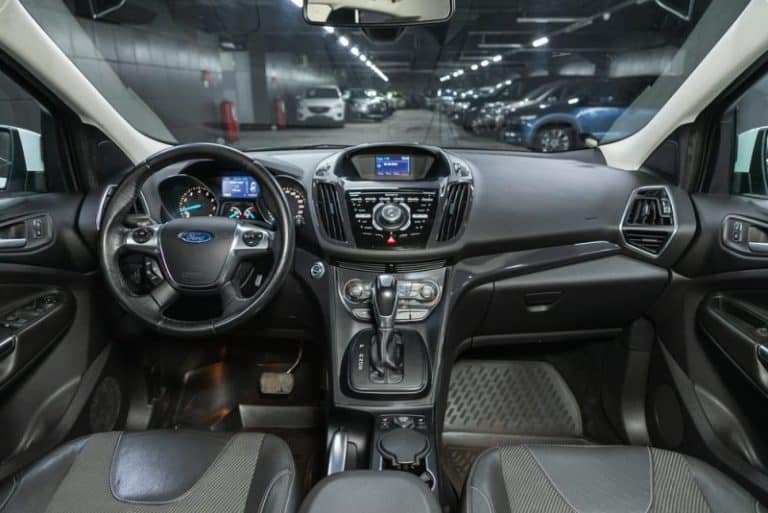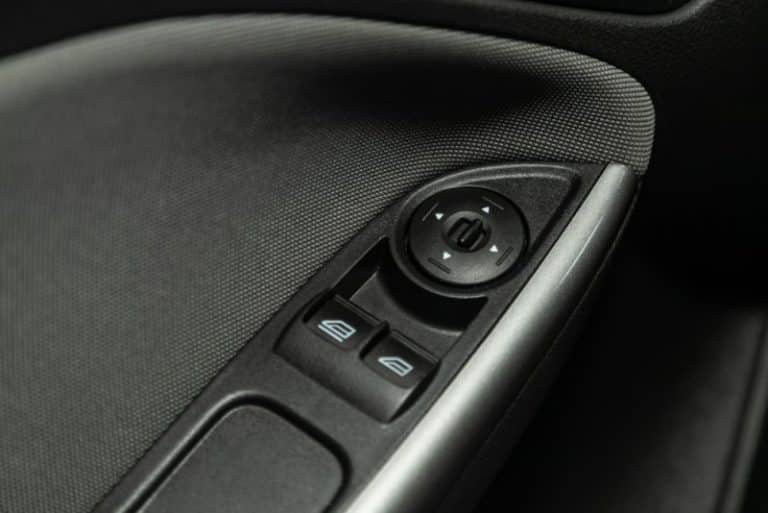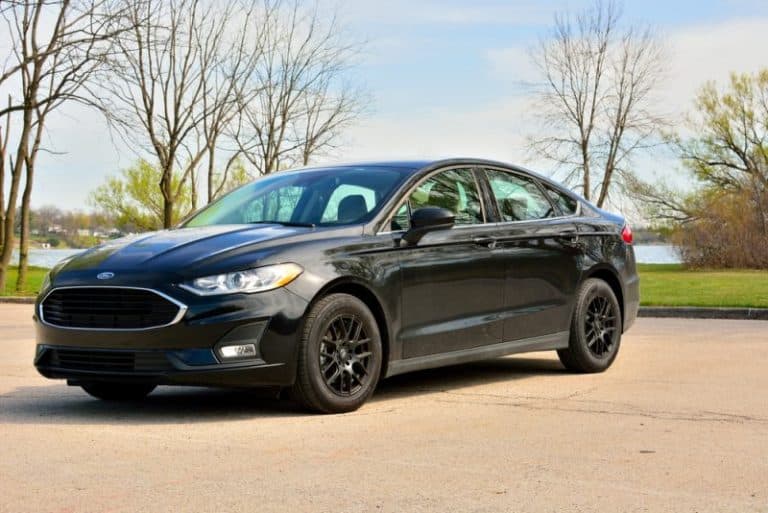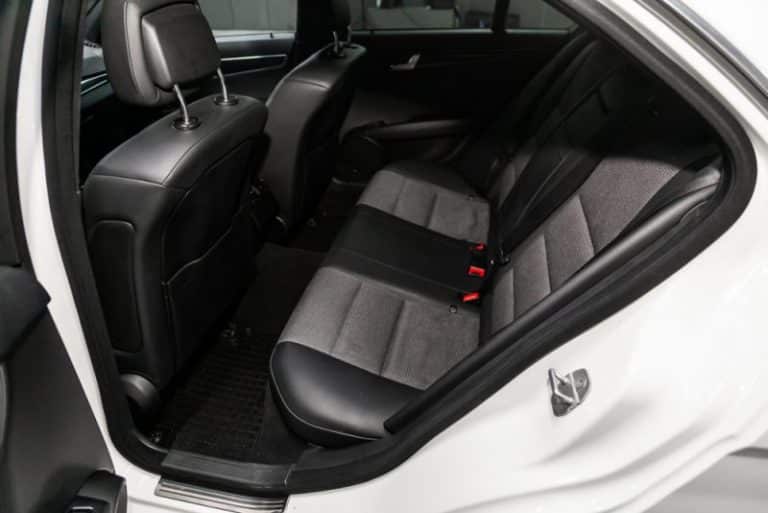Does Ford F-150 Have A Locking Differential?
Your Ford F150 is a brilliant SUV with a powerful engine and outstanding reliability.
It will often engage in off-road trips vacations, adventures, and anything else that takes you off the road and into unbalanced terrains.
For cars that travel the same terrain, a locking differential becomes essential. Why is it necessary? Does the Ford F150 have a locking differential? You may look into the slip differential as well.
Read on as we provide both summarized and comprehensive answers to the question.
The Ford series has an electronic locking differential that works perfectly, making it suitable for your adventures. It has gained much improvement over the years. Many might wonder why this feature is essential. Knowing what it is will help.
What is a Locking Differential?

Traction is essential for movement on the road. A typical car experiences friction between the road and its wheels.
This force is what provides the movement (forward or backward) that you need to move. As a result, all four wheels experience traction and collectively offer movement.
Well, all four wheels only experience traction when on a smooth road. What happens when you venture off the road?
What happens when all four wheels do not experience equal traction due to rugged terrain or ditches? In such a situation is when you need Ford locking differentials.
A locking differential work is a simple one. First, it locks the wheel’s axle. Once it does this, the wheels move at the same torque and speed.
However, the torque sent to each wheel can change from time to time.
This distribution is a function of road traction, especially on rough roads. For example, suppose one of the wheels is on slippery mud with reduced traction.
In that case, the other wheel experiences an increased amount of torque.
Note that the locking differential, when engaged, only works if your car speed is under 20 miles per hour.
It disengages when you travel at a higher speed and automatically reengages when the speed drops.
In cases where one of the wheels does not experience any traction, the wheel with traction gets to enjoy all the available power; this makes it easier for the car to move even with just three wheels on the ground.
It is as though one wheel has the propelling force of two. Isn’t that great?
#1. Types of Locking Differentials.
There are various methods of categorizing the locking differentials available today. This particular selection depends on location and power distribution in the car.
There are three types:
- Rear Lockers
- Front Lockers
- Central Lockers
#2. Locking Differential Mode of Operation
When you categorize the lockers based on their mode of operation, you have three types of locking differential.
The method of operation also helps determine the kind you should get and when to use it.
#1. Automatic lockers
The automatic mode requires no input from the driver, the differential works based on the road condition.
For example, one type has the locking differential as its resting phase and only unlocks when necessary.
The other type has lockers disengaged at their resting state and only locks when on slippery roads. Ford Auto Locking Hubs Vs Manual? (Things To Note)
#2. Selectable lockers
Selectable lockers allow the driver to decide when to use the locking differential. You have the option of locking or unlocking at your discretion.
It allows for more control when driving because you choose when to engage the feature.
#3. Spool
The spool mode transmits maximum power to each wheel irrespective of the speed. Therefore, it is not advisable for road users.
However, competitive drivers use a spool in racing due to its high power output.
When to use Locking Differential F150?
The electronic locking differential in F150 is not for just any condition. It is best to use this feature only when the need arises.
Off roads conditions provide the best environment for vehicle users to see the uses and usefulness of the F150 locking differential.
Use this feature when on rough roads. The feature is best suited to rough terrain and unbalanced places, such as woody hills, muddy roads, or paths with ditches.
Conditions like these are why the locking differential is available for engagement.
On dry pavement, there is a need for the Ford F150 wheels to travel at a different speed, especially the rear wheels, to measure for imbalance on the road and turning.
Therefore, you should avoid using locking differential on these roads.
The electronic locking differentials wear heavily on your rear wheels if you use them on terrains that do not require them.
What Rear Differential does my F150 have?
Rear differential models are unique, and there is no “one size fits all” in this scenario.
In cases where replacement becomes necessary, it is crucial to be able to tell your F150 type of rear differential.
Your Ford F150 rear differential has a unique identification tag. You can locate this on the rear axle itself.
In addition, the differential cover bolt should have a number tag that tells the rear differential and some other properties of the axle.
For example, “3L73” means the gear ratio is 3.73, while the “L” means limited-slip differential.
Be sure to check it out before going off to purchase a replacement.
Does F150 have an Open Differential?
Yes, the Ford F150 has an open differential. It is an essential option for users who want to spend most of their traveling days on dry pavement and flat roads.
What is an open differential? Let’s discuss that.
The open differential is what you have when the wheels of the axles run independently of each other.
The wheels are available to experience different torque and, subsequently, different speeds. Yes, it is necessary to have such a system.
When making a turn, speed becomes essential for your wheels. Each wheel’s speed differs. In this type of situation, turn-speed electronics become essential.
The wheel at the inward side of the wheel turns with less speed than the outer side. That is one primary function of open differentials.
Power goes to the wheel with the smallest resistance in this system. A feature that makes it optimal for road users.
The good news about open differential is that it has a low maintenance cost. It also has the most negligible wear effect on your tires.
As a result, your Ford F150 tires can enjoy prolonged use using the open differential system.
Ford F150 Limited Slip Differential
The limited-slip differential is a popular differential type in the all-wheel-drive automobile market. You will see this type often when shopping the market for Ford F150.
The working mechanism is similar to an open differential. However, the wheels run at different speeds and send power to both wheels with small differences.
However, this type ensures the difference in distribution is minimal. As a result, there is a limit to the difference in power and acceleration.
The difference comes into play when the wheels are running on slippery roads.
The open differential system sends power to the least resistance, which means a wheel in the air or on snow gets most or all the power while the wheel with traction gets none.
Limited-slip differentials also send most power to the wheels with less resistance.
However, a torque difference is maintained, and the wheel with more traction gets just enough energy to move.
Limited-slip differential systems, however, require more maintenance costs than open differential if you are to enjoy prolonged use of the material.
How to tell if F150 has a Locking Differential?
There are two options available for you, especially if you have a new F150.
The first option is to look at the axle code on the vehicle information label, cross-reference it online, and let you know what you have in your vehicle.
However, this is only accurate for new cars with no modifications whatsoever.
The second option is to check it manually. You do this by jacking up the rear wheel. Spin one of the wheels, and if the other wheel does not move at all, you have it.
If the second wheel spins, you do not have a locking differential.
Ford F150 Electronic Locking Differential Problems
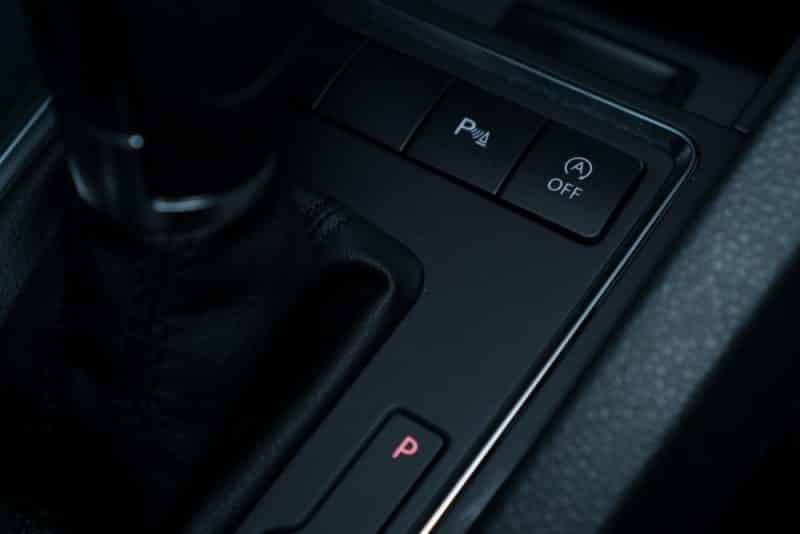
There is a common complaint among various Ford F150 electronic locking differential users. It takes time for the tires to lock in when you engage the feature.
In addition, sometimes, it takes some moving distance before the wheels are locked.
Also, it engages faster only if you are running very fast. Side-to-side movement can also aid in fast locking.
Summary
The Ford F150 has all you need to enjoy your off-the-road adventures. The Ford electronic locking differential is one feature that makes your journey an easy one.
Understand when to use each type of differential, and you will enjoy prolonged tire use.


